5 Things You Need To Know About Japanese Ramen
Japanese Ramen for Dummies

Ramen is just Chinese wheat noodles in soup. But don’t ever say that out loud to a ramen aficionado or you will get burned, literally. The ancient food originally from China is a major part of Japanese culture and cuisine.
For the perfect ramen, Japanese people will line up for hours to try a bowl made by a master ramen chef.
Ramen is an umbrella term for noodles in soup but there are so many varieties of broths, toppings, noodle styles, and variations from region to region. Each ramen shop has its own little twist in the way they prepare ingredients and present their food. It truly is a unique experience from shop to shop.
Here are some of the different styles of ramen available in Japan and what makes them distinct. First of all, you need to decide the broth type you want to enjoy.

1. Broth Style
The ramen soup broth is made from pork, chicken, beef, or fish bones that are boiled for hours and have seasoning that is mixed into it to create a distinct taste. The noodles are also different from other types of noodles as ramen is made with flour and a salty liquid called kansui. This kansui mixed with other ingredients makes it ready to be served.
If you have ever had a bowl of ramen, you might have noticed that some soup broths are very light and clear while others are dark, cloudy, and thick. The noodles also vary in thickness and shape. The color, flavor, and texture of a bowl of ramen can be quite different but as long as both the noodles and broth follow the ramen cooking rules, it is all under the category of ramen.
Some shops have also become creative and play with ingredients and mix or crossover ramen types to create new and even better-tasting ramen, hybrid ramen.

Shoyu Ramen
Shoyu is probably the most popular and simple style of ramen and is big in Tokyo. Shoyu means soy sauce and the broth has a clear brown appearance with a rich soy sauce aroma. Fans of soy sauce will definitely like this broth made from chicken, beef, or pork bones.
The taste is salty and light as the broth is clear and the noodles are usually curly and thin. This ramen is not only one of the most popular but oldest and traditional that most closely resembles the original Chinese version that was first introduced in Japan.
If you walk into a ramen shop and there is no real description of the ramen on the menu, it’s most likely shoyu ramen. It’s the equivalent of going to an American restaurant and ordering a burger.
It is a filling and flavorful meal but it’s not too strong or complicated so perfect as starter ramen for beginners.
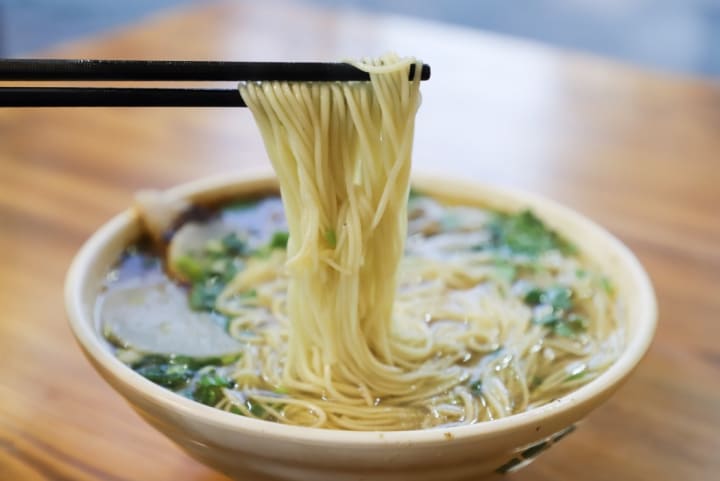
Shio Ramen
Shio is salt in Japanese and an important ingredient of this type of ramen. The broth is usually chicken or pork-based and is seasoned with salt. The broth is a light, clear, yellow color and is obviously salty — so for those with high cholesterol issues or sodium-based issues, you might not want to order this type of ramen.
Shio ramen uses long straight noodles rather than curly ones like in shoyu ramen. It is also one of the earliest and most basic types of ramen in Japan

Miso Ramen
As you can guess, miso ramen uses miso paste, which is made from soybeans, as the base. Originally created in Hokkaido, North Japan, miso ramen has a very strong flavor and a tangy or creamy taste to the broth.
It is also chicken or pork-based but has a much darker and heavier taste making it a much more filling soup.
The color is also darker brown or yellow and depending on the type of miso paste used, the flavor changes slightly making it a very versatile type of ramen. Many different ingredients or toppings can be added to miso ramen for this reason.
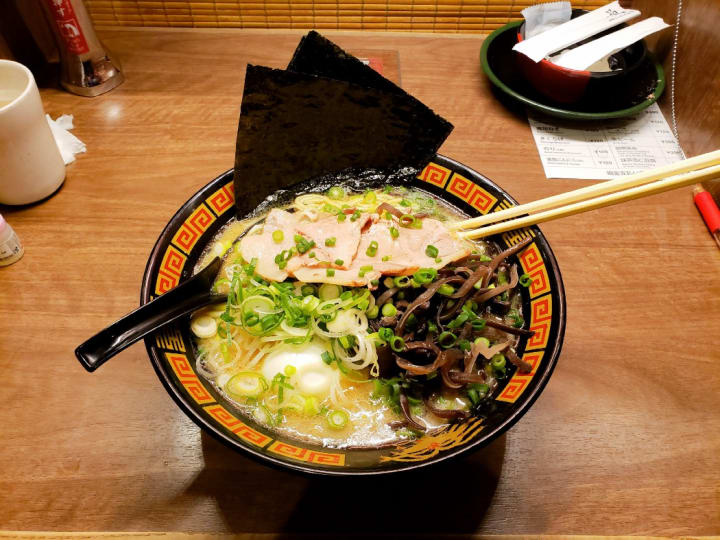
Tonkotsu
Tonkotsu is definitely one of the more interesting and acquired tastes when it comes to ramen broths. It is a milky and creamy thick soup that uses pork bones that have been boiled so long that they eventually dissolve and create a white, cloudy texture.
Tonkotsu is one of those ramens you either love or hate. A very buttery soup, there is a distinct and pungent pork smell that may make your mouth water or make you gag depending on your tastes.
For tonkotsu ramen, most restaurants serve the noodles very thin and though this type of ramen was popular in south Japan like the Kyushu area, it now has become a favorite for some Japan-wide.

Tantan Ramen
Although technically, the four major bases are shoyu,shio, miso, and tonkotsu, I also like to add tantan base as it is more Chinese-influenced ramen and is quite spicy. Like miso ramen, tantan ramen also uses a miso paste base but also adds soy milk, spicy oils, sesame oil, and minced pork.
The soup is more red and oily and is quite thick. The minced pork also once mixed together gives the soup a more thick, stew-like texture. The flavor is salty, spicy, and a lot richer than other ramen types. Noodles can vary but usually, a thicker noodle is popular.
2. Alternative Ramen

Tsukemen
Tsukemen is pretty much a do it your self ramen. Rather than everything coming in the same bowl, the noodles and the broth are separated. The noodles are then dipped into the broth and eaten.
The noodles are usually thicker and have a chewy texture as they have not been soaking in the broth. They are also washed in cold water before serving. The broth is more concentrated and has a stronger taste so when the noodles are dipped, the flavor can be tasted.
Depending on the shop, some offer both hot or cold soup options as well as side ingredients to be eaten along with the ramen.

Instant Ramen
Now eaten worldwide, instant ramen is actually a Japanese creation. Originally from Yokohama, the freeze-dried noodles in a cup or package are popular because they are cheap, convenient, and easy to eat food.
Boiling water is added to the noodles and seasoning and in just a few minutes they are ready to eat and are almost as good as the real thing. For students, tourists, and those looking for a quick meal, they are the perfect option and have a variety of flavors.

3. Ramen Toppings
Along with ramen broths, you need to know how to add variety and flavor by using the toppings to add to the ramen eating experience. Here are some of the most popular ramen toppings you will find.

Chashu
Many ramens already come with this topping but if not it is definitely a popular topping as an add-on. Chashu is roasted or braised fatty pork that has been soaked and simmered in a sweet soy sauce seasoning.

Negi (Leek)
Chopped green onions or leeks are also a standard topping being sprinkled over the noodles adding flavor, visual aesthetic, and texture variety. Once again, if your ramen doesn’t already include it, adding this topping will enhance the texture and taste of the ramen.

Menma
Not just for Pandas, menma is a fermented bamboo shoot with a salty flavor and slightly crunchy texture that goes well with the soup broth and noodles. It can be eaten with ramen or as a cold side dish. Either way, it’s definitely a good addition to any ramen.
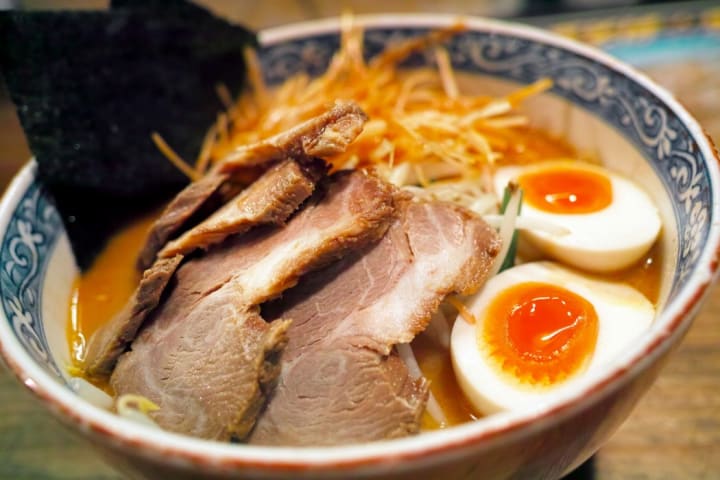
Eggs
Sliced in half or sometimes whole, boiled eggs are a popular topping for ramen. Fully boiled, lightly boiled, or marinated in a sweet soy sauce flavoring, eggs add to the heartiness of a bowl of ramen. Those watching calories or cholesterol might want to skip this topping.
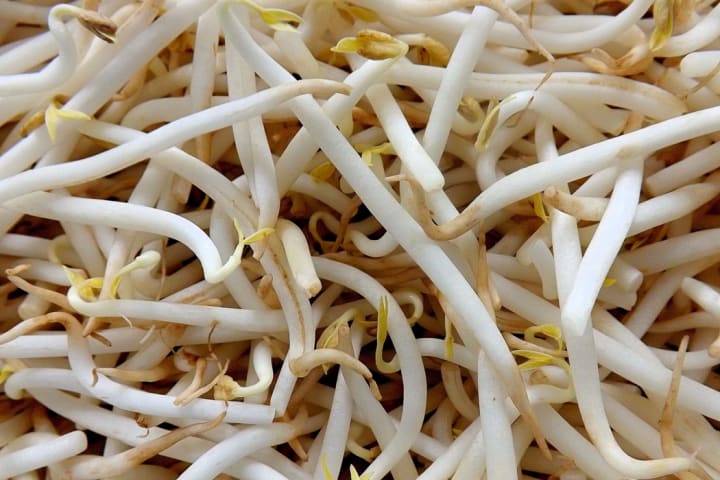
Bean sprouts
Moyashi in Japanese, bean sprouts is a cheap and popular ingredient in many Japanese foods like stir-fry, rice, and soups. They are served either cooked or raw with ramen and have a nice crunch to them. They are healthy and add texture and variety to a bowl of ramen.

Seaweed
Many people also enjoy adding different types of seaweed like nori or wakame, to their ramen for added taste and as a healthy topping choice as seaweed is high in fiber, vitamins, and minerals. The dry nori type of seaweed is also visually pleasing and good for an Instagrammable shot of your ramen.

Kamaboko and Naruto
A processed fish, the kamaboko is sliced thinly and served atop ramen. The Naruto version is a white and pink spiral whirlpool-designed fish cake that adds color to the overall ramen appearance.

Butter and Corn
If your giant bowl of ramen isn’t high-calorie or filling enough, you can also add cubes of butter or corn. Originally gaining popularity in Hokkaido, butter, and corn niblets are popular additions to ramen, particularly miso ramen.

Beni Shoga
Pickled in plum vinegar, this reddish ingredient called beni shoga has a strong and sour flavor. It is often found in tonkotsu ramen.
Other
Besides those mentioned, there are also a variety of toppings that are being added daily to add variety to ramen. Things like milk, cabbage, kimchi, spinach, Japanese plum, and other local foods are used by different chefs in different regions of Japan.

4. Common Ramen Side Dishes
Along with your bowl of ramen, you will also have many options as side dishes to choose from. Many restaurants have set ramen courses for lunch and dinner which include some of these famous side dishes. Here is a list of the most common.
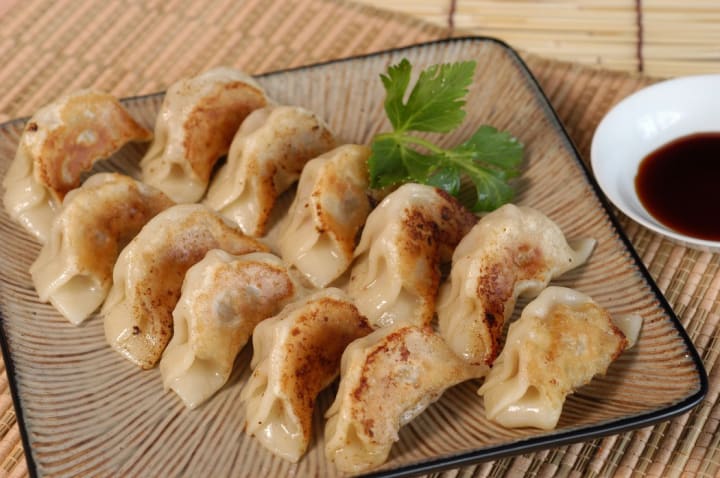
Gyoza
The most popular partner to ramen is gyoza or fried dumplings. Whether it be the pork or garlic-filled version, these greasy crescent-shaped dumplings dipped in a soy sauce and vinegar mixture are perfect and filling with a bowl of ramen. They usually come in groups of 3 or 6 or even 12 if you are really hungry.

Beer
I am sure to some, beer is a definite side dish to anything. But especially for ramen, most people like to have a nice cold beer along with their noodles. Much like in the west, beer goes well with pizza or wings. In Japan, cold beer and a hot bowl of ramen is the perfect end to a hard-working day.

Rice and Fried Rice
Many ramen shops offer a bowl of rice along with ramen with their lunch or dinner sets which is a carb overload but quite a popular choice among Japanese people. Different kinds of fried rice are also available at most ramen shops as ramen originated from China and adding fried rice compliments to the Chinese ambiance.
5. Ramen by Region
A big thing about ramen in Japan is it changes depending on what area of Japan you visit. Many tourists come to Japan for the ramen experience alone. Traveling from one major ramen area to another to try all the different types of ramen, can be quite the food adventure.
Depending on what part of Japan you visit, you will find that each area has its specialty ramen. Whether it be the use of different meats or vegetables in their stock, local ingredients, and toppings, or some addition of different seasonings, broths, or toppings, each area attempts to create its own fresh take on ramen.
Here are just some of the few most famous regional ramen varieties that have sprung up and become so popular in Japan that visitors line up for hours to get a taste.

Tokyo Ramen
Tokyo ramen is a shoyu based ramen and was one of the first ramen to come about when ramen was introduced into Japan from China. The ramen is a clear and brown light tasting ramen with thin curly noodles.
Tokyo ramen is usually a chicken soup-based broth and popular toppings include nori, menma, egg, and sliced pork. It’s also usually pretty cheap with some local ramen shops selling it for less than $5 a bowl.

Sapporo Ramen
Sapporo ramen, named after the city in Hokkaido, North Japan, which is famous for Sapporo beer, the Olympics, and the annual Snow Festival, has ramen that is much more hearty and warm. Probably because Sapporo people have to deal with long, harsh winters and want something to heat them up.
Sapporo ramen is miso-based ramen that is salty and rich but also comes with a slab of butter, corn, sprouts, and sometimes fresh seafood from Hokkaido making it a filling meal on its own.

Fukushima Kitakata Ramen
Those looking for a lighter soup but thick and luscious noodles will enjoy this type of ramen. Made with a shoyu base and chicken stock, Fukushima Kitakata ramen uses pork bones and sardines as a base.
The thick, chewy noodles are often topped with Negi, menma, chashu, and naruto processed fish.

Hakata Ramen
Tonkatsu-based ramen, Hakata ramen has a thick and rich white soup with hard, straight noodles, that originated in Fukuoka but has become popular across Japan. The milky cream soup dish is often topped with chashu, Negi, wood ear mushrooms, and beni shoga.
Once again, if the smell doesn’t bother you, then you will enjoy this strong and thick ramen type.

Wakayama Ramen
Also called Chuka soba, Wakayama ramen is tonkatsu-based ramen but also mixes in a shoyu-base as well for a hybrid taste. Using thin noodles, toppings are usually Negi, menma, chashu, and kamaboko, sliced processed fish.
Each shop is different, each region with its own features, and every ramen a different experience, but overall you have now become familiar with ramen broth types, noodle types, sides, toppings, and different ramen regions.
Once you head to Japan, you should now be able to successfully order, eat, and understand all the time, thought, and energy that has gone into the bowl of soup and noodles you will consume.
Along with being able to distinguish and enjoy ramen in Japan, this is also a good way of understanding Japanese culture and brings you one step closer than most tourists who come to Japan to have an authentic experience.
This article also appears here: https://medium.com/fml-or-bust/5-things-you-need-to-know-about-japanese-ramen-b9fce52da5db
About the Creator
S.A. Ozbourne
A writer with no history or perspective is a paintbrush with no paint!



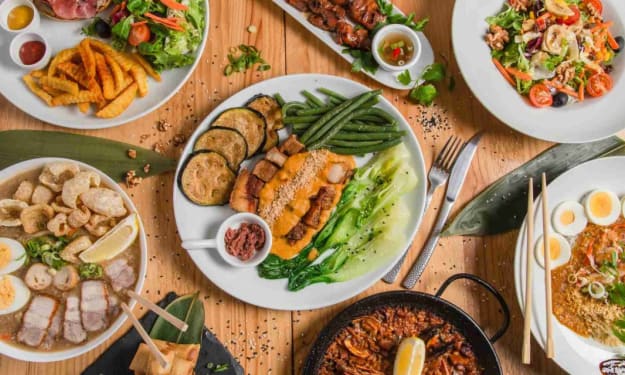


Comments
There are no comments for this story
Be the first to respond and start the conversation.